In an effort to bring you some new voices on Ottsworld, here is a guest post from writer and outdoor adventurer Ben. I was excited to have him write about No-trace hiking and camping! After all, I spend a lot of time outdoors and if we want this outdoor playground to have a long life, then we all have a responsibility to treat it with respect. Ben has some great tips and reminders for all of you who opt outside! All opinions and experiences expressed here are his. –Sherry
Table of Contents
A Guide to No-Trace Hiking and Camping
‘When one tugs at a single thing in nature, he finds it attached to the rest of the world.’ – John Muir
‘Take only pictures. Leave only footprints.’ This seemingly trite but essential philosophy is the classic mantra of the no-trace adventurer. It reminds us to preserve the wonder for the next wanderer.
My love affair with Mother Nature began when I was six years old – with a six-week road trip across the western United States. As the only child of two earth-loving educators, my summers were free and full of outdoor adventures. Like a Woody Guthrie song, I grew up experiencing this country from sea to shining sea, often without air conditioning or a GPS.
My knowledge and passion reached a fever pitch during my years with the Boy Scouts. I learned how the wilderness preservation methods that were instilled in me served a real purpose. I also discovered that they were far from universally observed tenants.
There can be a certain sad irony to the way that excited travelers experience the world. As any scientist can tell you, to observe something is to change it. Without specific care, those who are the most appreciative of nature’s splendor can do some of the gravest damage. Only by sharing knowledge and practicing diligence can we hope to preserve the sites we cherish. Let’s get started on the first half of that mission.
Picking What You Pack
If you want to participate in no-trace hiking and camping, your project begins at home. While each type of adventure obviously necessitates different gear, there are certain recurring themes and general guidelines.
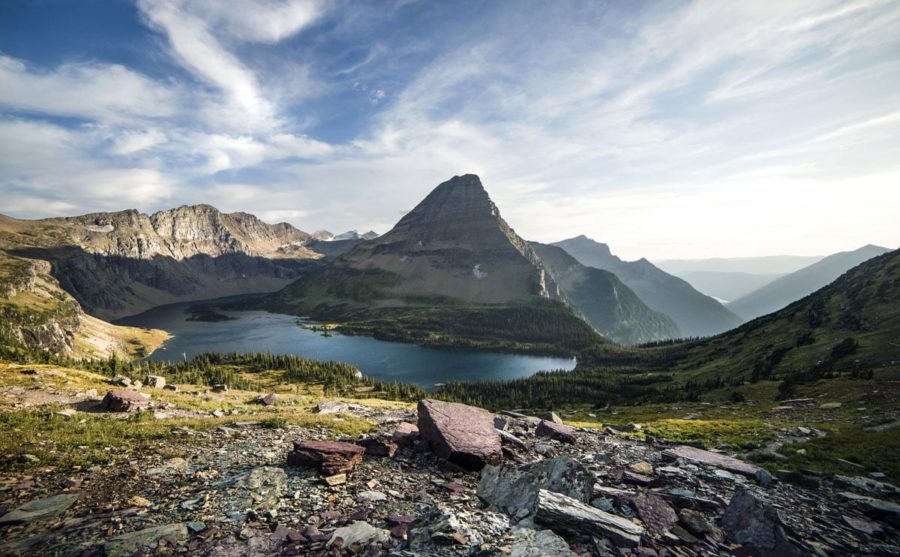
What to Bring with you Hiking and Camping
Water Purification
Dehydration can be a big concern when you take athletic activities away from a potable pipeline. As kids of the 1980s and 1990s, my buddy and I would dose our found water with a little bleach. Luckily, we didn’t get sick; however, I wouldn’t recommend this method. A portable water purifier or purification tablets are safe and conservation-minded methods for re-upping your water supply during the trip. Don’t forget to study some maps and make sure you’ll be near fresh water supplies (i.e. rivers, streams, and lakes)!
Map & Compass (or GPS)
This is important for a number of safety reasons, but it also relates to leave-no-trace exploring. First, if you’re traveling cross country, identifying the most prudent route through the wilderness is a good way to minimize damage to it. Second, trail marking such as rock piling or tree blazing is a big no-trace no-no. Don’t mar the scenery as a breadcrumb back to society.
Finally, orienteering (the science of way-finding) can be a lot of fun to learn with a map, compass, and topographical map. Not only can you show off for your fellow wanderers, but you’ll also be well-prepared for the next zombie apocalypse (or any GPS-free scenario).
First Aid Supplies, Emergency Preparation, and Foul Weather Gear
– First Aid Kit
– Cell Phone / Radio
– Emergency Blanket / Reflective Poncho
– Signaling Equipment: Mirror, Flares, Whistle
– Waterproof Flashlight with Extra Batteries
So, obviously, this is a good idea regardless of your desire to preserve the wilderness. Why do I bring it up in this article?
Because the process of getting help in an emergency situation has the potential to cause a lot of ecological damage. Everything from signaling (e.g. fires) to the rescue itself (emergency vehicles) can be a very destructive process. Don’t get me wrong, if you’re in trouble, do what you need to do to get yourself and your companions out of harm’s way. That said, if you can prevent that danger or effectively respond to it because of proper training and equipment… better for you and better for the environment.
Check out my hiking packing list – essential hiking gear for any hike
What NOT to Bring Hiking and Camping
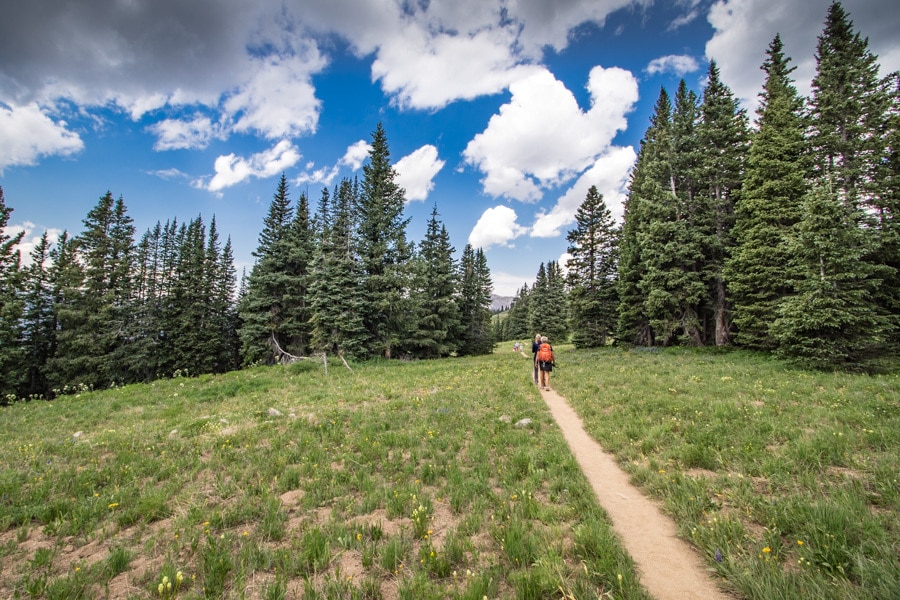
Anything You Aren’t Planning on Bringing Back
‘Pack it in. Pack it out.’ Don’t ever leave anything man-made in the wilderness. If you want to be really on board with best practices, bring plenty of Ziplock bags to pack out trash like used toilet paper and inedible portions of food (e.g. peels and cores). Yeah, it’s gross. Sometimes ‘roughing it’ is… well, a little rough!
Original Food Packaging
Minimize the amount of trash you have to bring back by preparing food and packing it in your own reusable containers. Besides making No-Trace hiking and camping easier, this will save you valuable space and weight in a backpack. When I was in Boy Scouts, we did a lot of our own food preparation prior to a big camping or backpacking trip. Mixes like G.O.R.P. (Good ‘ol Raisins and Peanuts) are pretty cheap, relatively lightweight, and have plenty of shelf-life.
Foreign Invasives
These are plant and animal species that aren’t native to the area you are exploring. Before you laugh (imagining smuggling a koala in your day pack), understand that this is a huge problem with largely unforeseeable repercussions.
Picture throwing away a fruit core with seeds in it. The seeds germinate and grow a plant that is not food for any native species. Within a few seasons, the plant’s population is growing at an exponential rate and choking out native species, irrevocably altering the habitat. Kudzu and European Starlings are notorious examples of this phenomenon.
Charting Your Course to No Trace Hiking and Camping
Now that you’ve meticulously packed your gear, take preparation to the next step. Planning the progression of your excursion (both specifically and generally) can help you cut down on environmental impact.
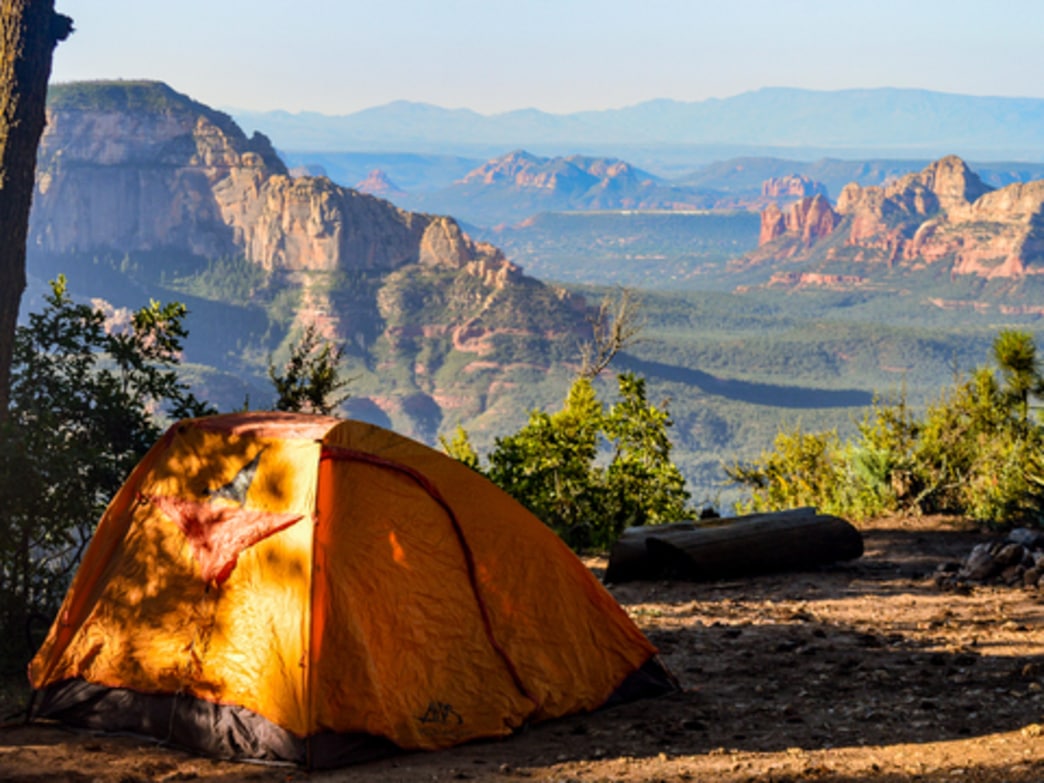
Trail vs. Cross Country Hiking
Interestingly enough, when it comes to no-trace hiking, utilizing trails and cross-country trekking require drastically different approaches.
Trails
Basically, if there is a trail… use it. While trails are man-made alterations to natural habitats, they greatly minimize further degradation of the ecosystem. When on the trail, stay toward the center to prevent trail-widening. Don’t ever short-cut trails or slide down hills between switchbacks. Besides the immediate harm, this causes erosion and sets a terrible example for future hikers.
Cross-Country
This is a weird one. When you are part of a group and there isn’t a trail, don’t walk single-file. Fan out and take as many routes as possible. This technique minimizes focused environmental impact and discourages the formation of new trails in a pristine area.
Selecting your Campsite
‘Good campsites are found, not made.’ This classic wisdom encapsulates many of the tenants involved in selecting a great site for no-trace camping. The idea is to find a great spot and alter it as little as possible. Here are a few additional guidelines:
200 Feet Away from the Water
Wetlands are particularly sensitive to human interference. In addition, any environmental impact to a body of water can affect the entire watershed.
Resilient Terrain
Some natural surfaces are much more durable than others. While perhaps not as comfortable, rock and hard, bare earth (e.g. clay) are hard surfaces for a campsite. As long as you’re not staying more than a night or two, grass also makes for an excellent campsite area. Avoid sites with loose soil and heavy vegetation.
A Note on Campfires and No Trace Principles
When it comes to camping, nothing is quite as iconic as a campfire. I love campfires. I really do.
That is why it pains me to drive home the point that they are almost always a bad idea. The negative effects of campfires range from small eyesores to epic environmental catastrophes that cost billions of dollars and the loss of human lives.
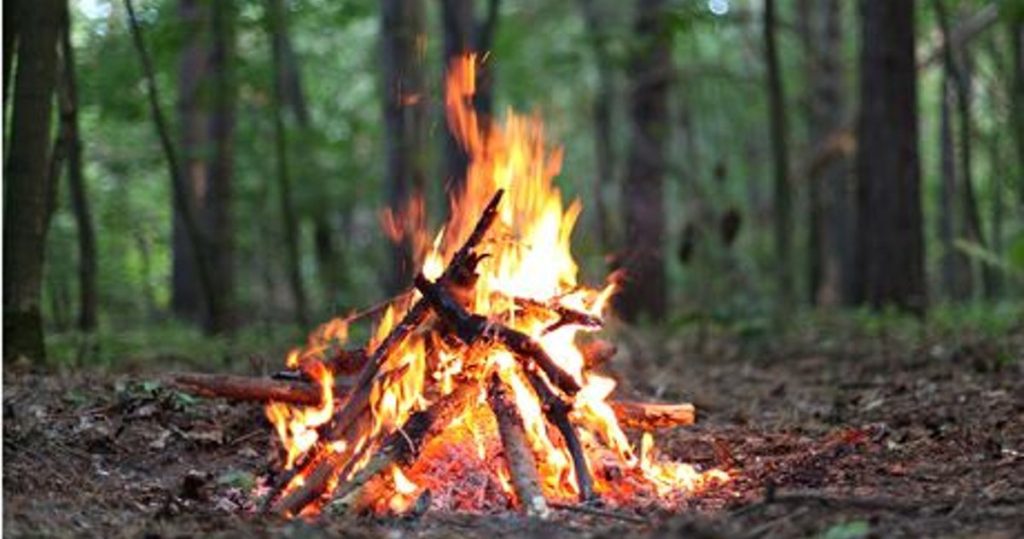
Unless you’re in a pre-ordained campsite with a well-designed fire pit, well away from vegetation, don’t build a fire. Invest in a quality camp stove. Modern stoves are light, efficient, and much safer.
The Load Out
So, you’ve planned and executed a responsible, fun, and memorable outdoor excursion. So far, you haven’t threatened any endangered species or burned anything down. Now, it’s time to get out of there with some finesse and grace.
What to Take Home with You
Your Vehicle and All Your Possessions
Trailheads and campsites can be surprisingly high-crime areas. Thieves know that people travel with some of their most valuable possessions and leave their cars for days at a time. Safeguard yourself by logging all travel plans with local authorities, buying travel insurance, and using credit cards with roadside assistance.
Pictures, Memories, Stories, and All That Good Stuff
Outdoor adventures are amazing opportunities to create memories and grow relationships. The unpredictability of the wild and the stark, indescribable beauty of nature always generate unique situations for you and your companions. There are some amazing things that you just can’t plan.
What to Leave Behind
Everything Else
Outdoor adventures aren’t conquests. Resist the urge to stuff your pack full of goodies to litter the mantel back home. Be a storyteller instead. Take some pictures, make some new friends, and share some of what you’ve learned.
Some Final Thoughts on Responsible Outdoor Adventure
Reading back through this article, my only fear is that it’s a bit preachy. It feels patronizing and restrictive. It doesn’t emphasize the amazing joy that almost always accompanies a departure from our manufactured day-to-day existence. Nothing could be further from my intent. My philosophy is simply that preparation and prudence allow us a guilt-free indulgence in the splendor of the natural world.
How about this: I promise my next post will be more frivolous and fun. In the meantime, enjoy immersing yourself in some of Sherry Ott’s extraordinary adventures. Personally, I have an eye on the breathtaking beauty of hiking in Cape Breton for my next jet-set jaunt.
Colorado’s Leave No Trace Initiative
Meet the Author

A passionate envoy of the written word, freelance writer C. Benjamin Lovell relishes a good tale. From fact to fiction (and all the shades between), he channels the storytellers of old with the hope of enriching the world for his readers. His writing has appeared everywhere from product reviews to short fiction contests. Follow his semi-occasional musings at the Gothic Optimist.
You can follow Ben’s outdoor adventures and writing at:
Facebook Page | Stories
Disclosure:
This post contains some affiliate links. If you choose to purchase items through these links, I will earn a small commission at no extra cost to you. These commissions help reduce the costs of running this site


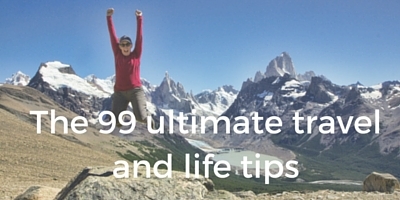
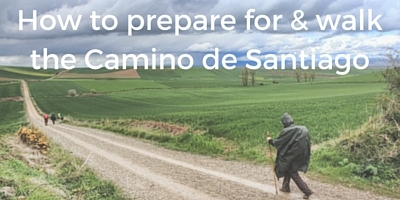
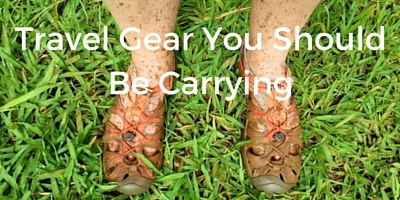
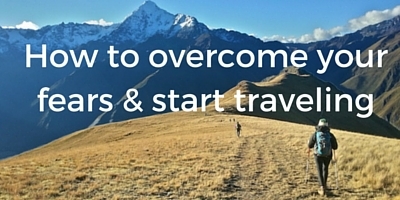
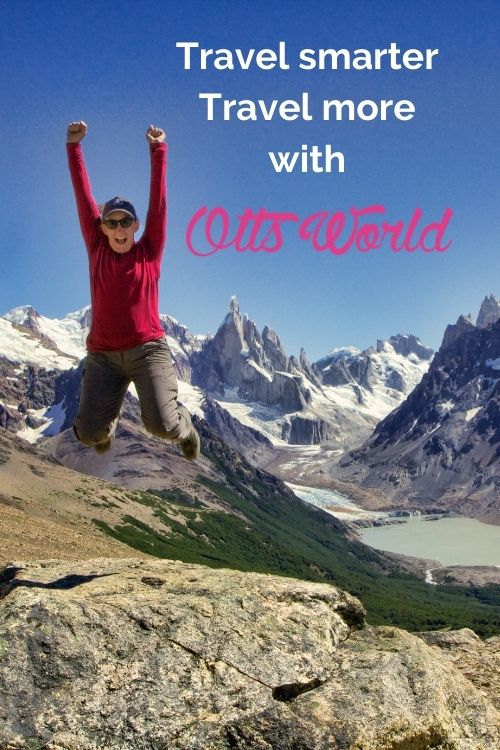
By Maria @ Tourist Visa Australia October 11, 2018 - 2:33 am
Wow, this is a great guide. Thank you for sharing this!
By Megan November 1, 2018 - 3:06 pm
When hiking is always better to put things on clear containers.
By Don March 20, 2019 - 9:34 am
That is a great article, thanks! Hope more people will find it useful and will learn something for themselves. It’s disgusting to find someone’s trash left on the trail.